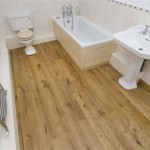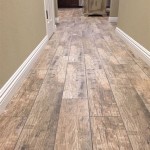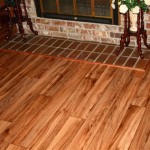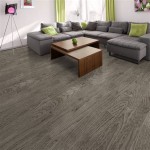Radiant Flooring Systems: A Comprehensive Guide
Radiant flooring systems are becoming increasingly popular for homes and businesses due to their energy efficiency, comfort, and versatility. These systems use radiant heat to warm floors, providing a gentle and even distribution of heat throughout the space. Here are some essential aspects of radiant flooring systems that you should consider before making a decision:
Types of Radiant Flooring Systems
There are two main types of radiant flooring systems: hydronic and electric. Hydronic systems use hot water circulating through tubing installed beneath the floor surface. Electric systems use heating cables or mats placed directly into the floor.
Benefits of Radiant Flooring Systems
Radiant flooring systems offer several benefits over traditional heating methods. These advantages include:
- Comfort: Radiant heat provides a gentle and uniform warmth that radiates from the floor, eliminating cold spots and creating a cozy indoor environment.
- Energy efficiency: Radiant flooring systems are highly energy-efficient, as they do not waste heat warming the air. Instead, they directly heat the floor surface, which radiates heat into the room.
- Improved air quality: Radiant flooring systems do not circulate air, reducing the risk of dust and allergens from spreading throughout the space.
- Versatility: Radiant flooring systems can be installed under various floor coverings, including tile, hardwood, carpet, and laminate.
Installation Considerations
Installing a radiant flooring system requires careful planning and professional expertise. Some of the factors to consider include:
- Floor construction: Radiant flooring systems can be installed on various subfloors, but the type of flooring and its thickness must be compatible with the system.
- Heat source: The type of heat source (hot water or electricity) will determine the installation requirements and costs.
- Floor covering: The type of floor covering used will influence the installation process and the overall performance of the system.
Maintenance and Troubleshooting
Radiant flooring systems are generally low-maintenance, but occasional inspections and servicing may be required. Regular checks for leaks or electrical issues are essential, and professional cleaning may be necessary to maintain optimal performance.
Conclusion
Radiant flooring systems offer a comfortable, energy-efficient, and versatile heating solution for homes and businesses. By understanding the different types, benefits, installation considerations, and maintenance requirements, you can make an informed decision about whether a radiant flooring system is the right choice for your project.

Radiant Heating Department Of Energy

A Guide To Radiant Floor Heating Sineath Construction

Radiant Floor Heating Efficient Solution For Your Problems
.jpg?strip=all)
The Best Types Of Flooring For Radiant Heating

Radiant Floor Heating Akron Oh Martinov Home Solutions

Hydronic Radiant Floor Heating Fine Homebuilding

Average Radiant Floor Heating Cost In 2024 Forbes Home

Radiant Heating Floor Leveling Heated Concrete

Radiant Floor Heating 101 Hydronic Vs Electric Williams Plumbing

Warm Floors In Floor Radiant Heating Garage Shed Carport Builder








